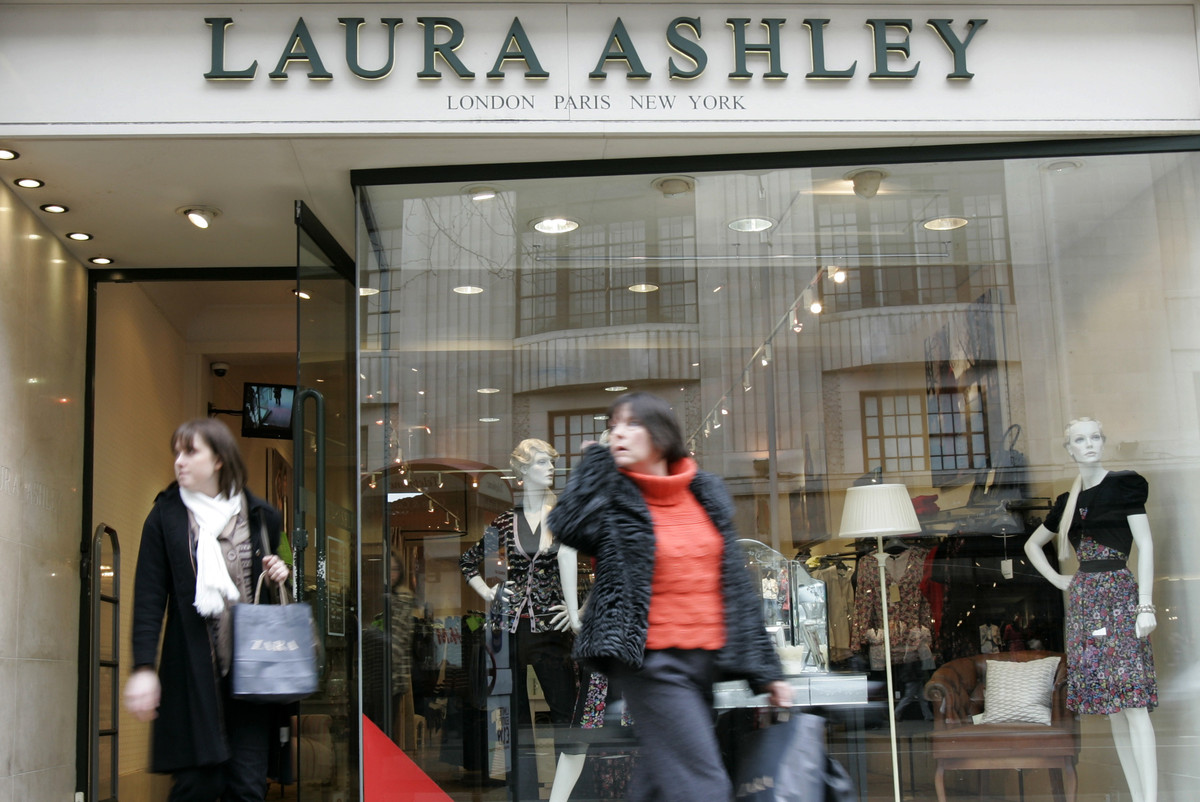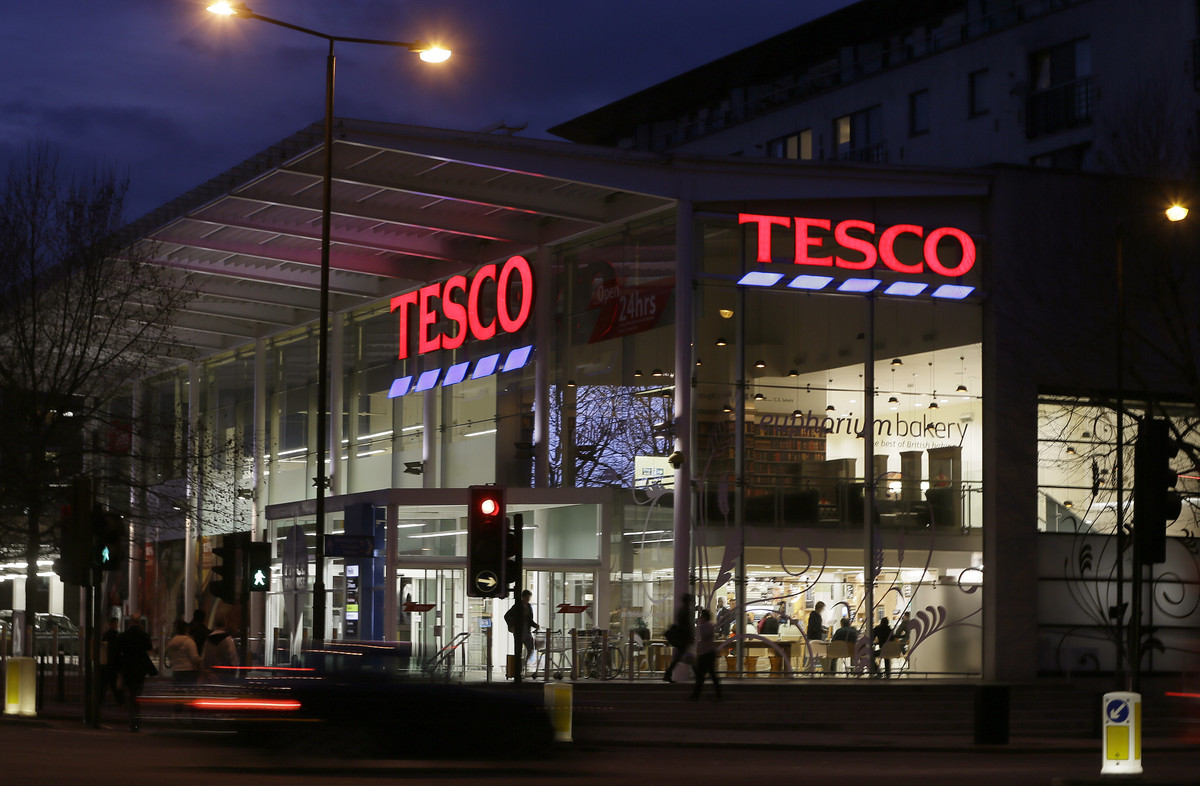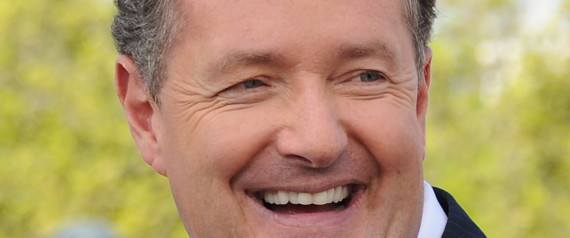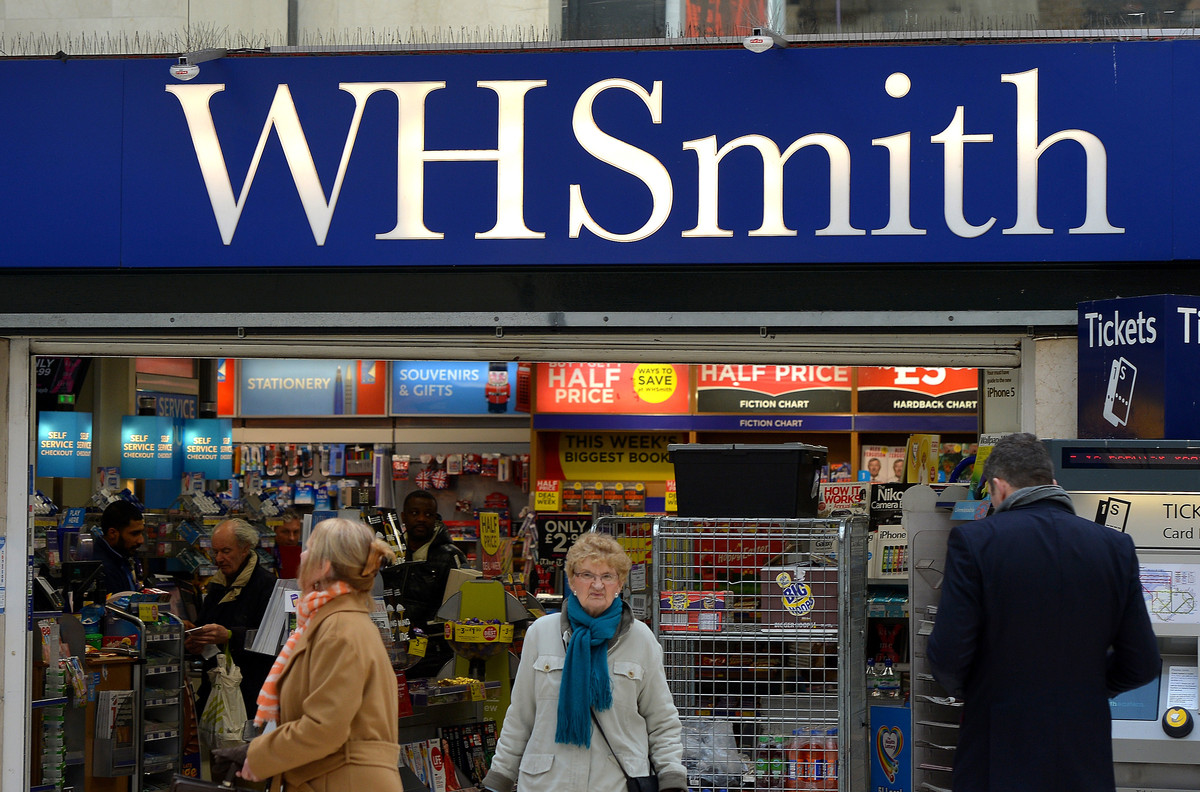At CVS, only the very rich get much richer
The nation’s second-largest drugstore chain adjusts its annual raises to how much an employee makes. The higher your salary, the lower your raise.
The top workers at CVS stores — those earning the highest hourly wage for their job classification — are “red lined” by the company and receive no raises at all.
I can say that because I have my hands on an internal CVS document — the company’s 2014 Wage Management Guidelines — spelling out the pay ranges for different positions and caps on raises.
————
FOR THE RECORD:
CVS pay policies: A column in the June 27 Business section about pay policies at CVS Caremark misidentified Los Angeles compensation consultant Mark Lipis as Mike Lipis.
————
“If you really think about it, the red-lined employees most likely are the ones that have been around the longest,” said one CVS pharmacist who asked that his name be withheld because of fear of retaliation.
“This is quite the underhanded way to get the older employee base to leave,” he said. “Would you want to stay somewhere that doesn’t give you a raise?”
Probably not. Trouble is: Where are you going to go? So-called red lines or red circles are common among U.S. retail and service companies.
CVS, which gave its chief executive a 26% raise last year to almost $23 million in total compensation, isn’t alone in making sure its rank-and-file workers don’t make too much money.
And this is why, in any discussion of income inequality, we keep reaching the same point — the rich get richer, while everyone else gets table scraps.
“It’s not personal. It’s business,” said Mike Lipis, a Los Angeles compensation consultant.
“There’s a point where no matter how good people are, how friendly they are, it doesn’t make sense to pay them beyond a certain amount,” he said. “You’re trying to make the most of your limited compensation dollars.”
That’s understandable. If you’re selling fast-food hamburgers for $3 apiece, say, you’ll go broke paying workers $30 an hour, even if they’re the best darn burger makers in the business.
But where’s the line? The average fast-food industry employee in this country makes $9 an hour, or just under $19,000 a year. Industry workers have called on McDonald’s and other employers to pay $15 an hour, or about $31,000 annually.
Responding to recent protests, the chief executive of McDonald’s, Don Thompson, said that he could possibly be open to a minimum wage of maybe $10 an hour. “McDonald’s will be fine,” he said. “We’ll manage through whatever the additional cost implications are.”
Considering that McDonald’s pocketed $5.6 billion in profit last year, I’m guessing that they’ll manage just fine.
But here’s the real issue: How can Thompson fret about paying workers something closer to a living wage when he’s pulling down total compensation worth $9.5 million a year, or more than $4,500 an hour?
Lipis, who made a strong business case for capping rank-and-file workers’ pay, acknowledged that this is where things get screwy.
“I would never try to justify some of the executive compensation contracts,” he said. “Do you really have to pay someone $400 million a year because you couldn’t find someone who could do the job for $300 million?”
I wrote recently about a report showing that the head of CVS, Larry Merlo, enjoyed the widest gap in the country between a CEO’s salary and that of his less-worthy underlings.
According to compensation researcher PayScale, Merlo’s $12.1-million salary last year was 422 times the size of the median CVS wage of $28,700.
Factor in all the additional bonuses and perks that come with the job, and Merlo earned $22.9 million last year, up 26% from a year before, according to figures tabulated by the Associated Press and compensation researcher Equilar.
So CVS workers may be miffed that the company’s Wage Management Guidelines show that a cashier making $7.25 an hour who is deemed an “outstanding performer” by her superior will see an annual raise of 4.75%.
But an outstanding cashier who, either because of past accomplishments or seniority, makes $12.48 an hour can expect no raise at all. She’s been red lined, as the company puts it.
A top-performing CVS pharmacy technician earning a base wage of $9.30 an hour will similarly merit a 4.75% raise. But a red-lined pharmacy technician earning $15.67 an hour will see no raise.
Those figures are for CVS stores in central Maryland. The company’s wage guidelines vary from region to region, based on the minimum wage in each state.
Mike DeAngelis, a CVS spokesman, declined to go into specifics about the company’s pay practices.
“CVS Caremark is committed to providing our valued employees with comprehensive and competitive pay and benefits,” he said. “We review salary ranges in our markets to determine an appropriate range of wages, which may vary based on a specific market.”
He said caps on raises for red-lined workers “relate to a small percentage of employees who have exceeded the top of their jobs’ wage ranges.”
No one’s suggesting that a CEO should make as much — or as little — as a subordinate. It obviously requires a more complicated skill set to run a major company than it does to operate a cash register.
But when compensation experts talk about stretching compensation dollars as far as they’ll go — in other words, getting the most bang for your buck — the same calculations that apply to the rest of the staff should apply to the executive suite.
Why not have red lines for senior managers? If their compensation reaches a certain level, boom, that’s it — unless limits are lifted for all other workers as well.
“The general theory with red lines and red circles is that you should not spend your compensation dollars on people whose pay puts them ahead of the market,” Lipis said. “You should spend your dollars on people who are behind the market.”
If so, that’s almost certainly not the CEO
Sourced from latimes.com



























Recent Comments